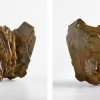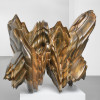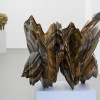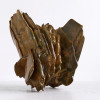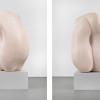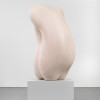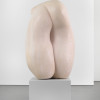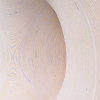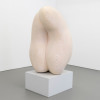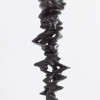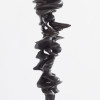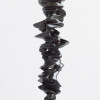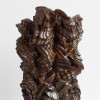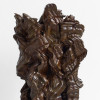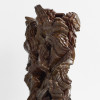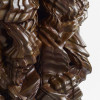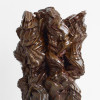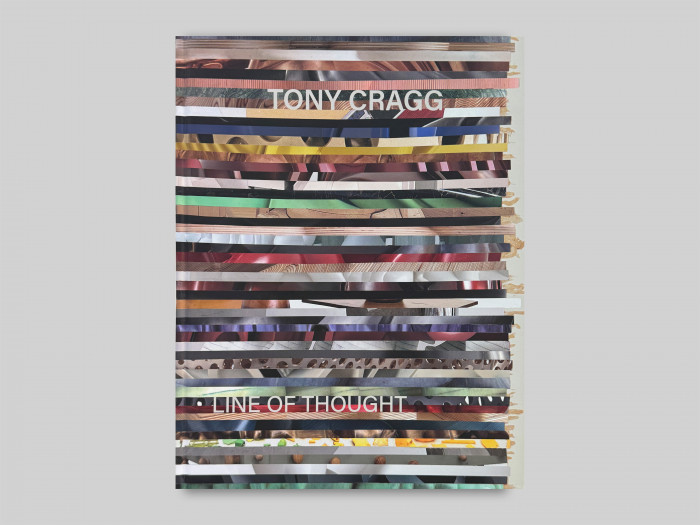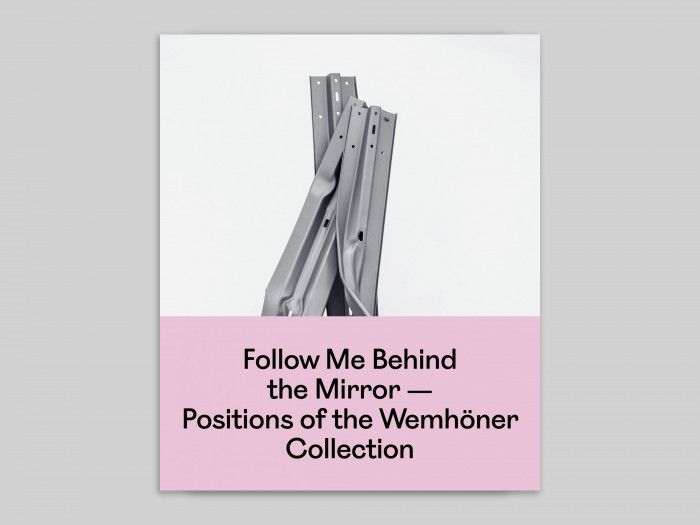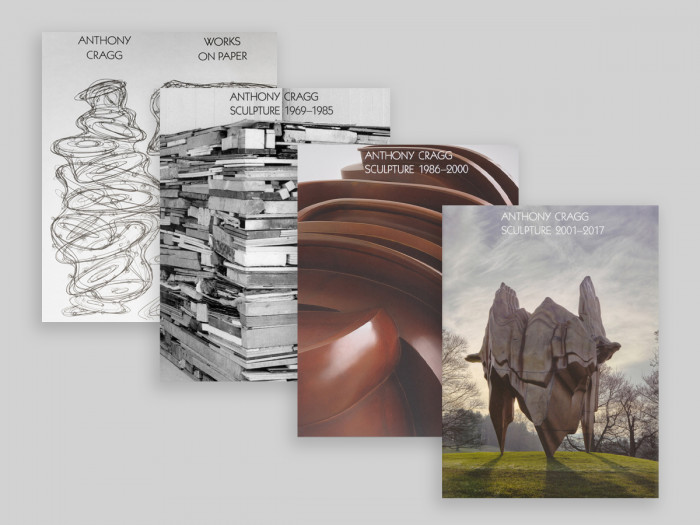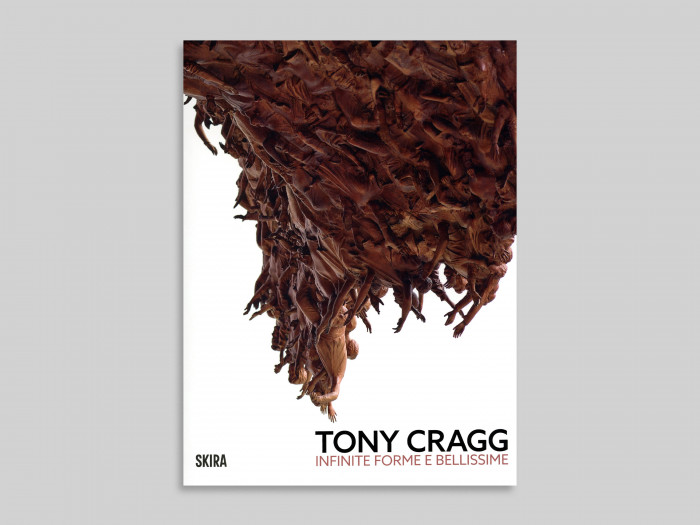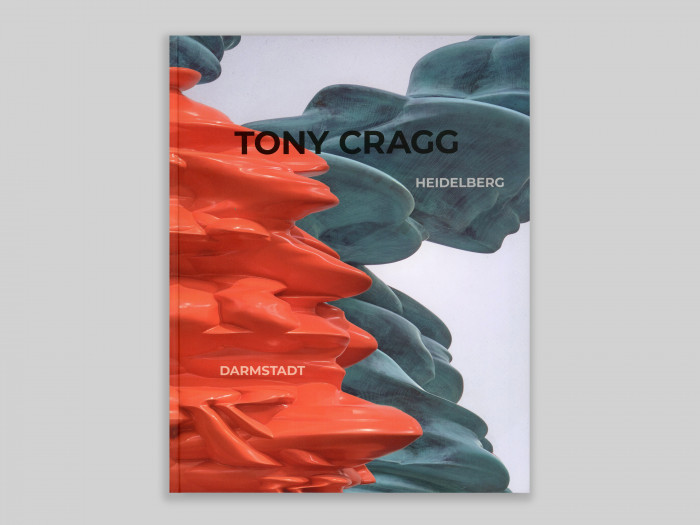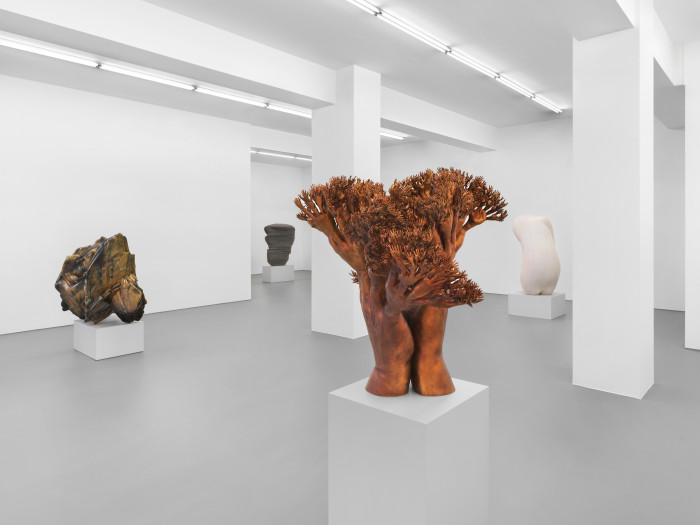

47¼ (h) x 57 x 45¼ in
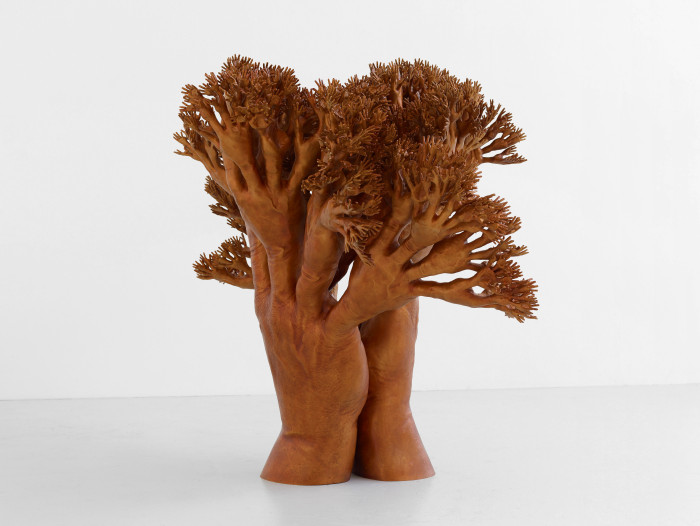
47¼ (h) x 57 x 45¼ in
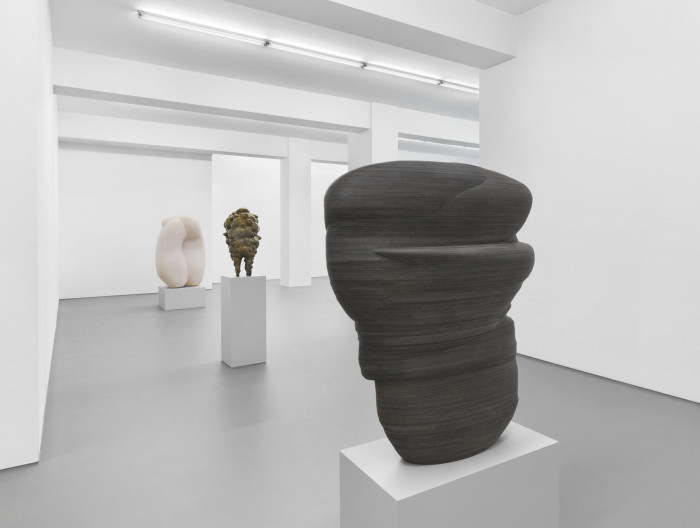
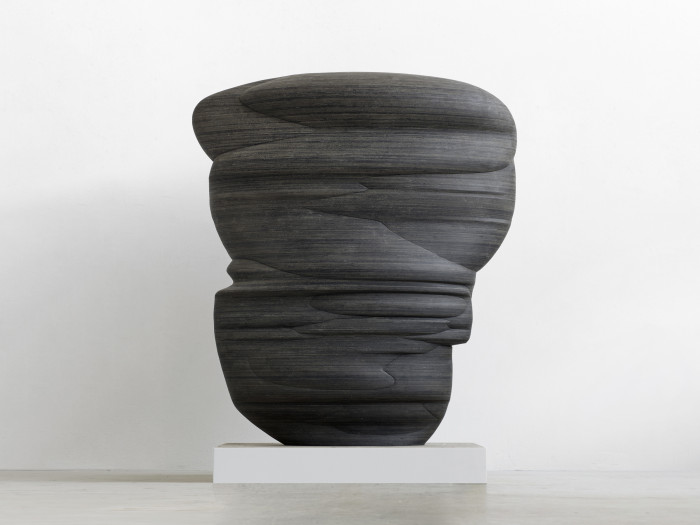
53¼ (h) x 20 x 46½ in
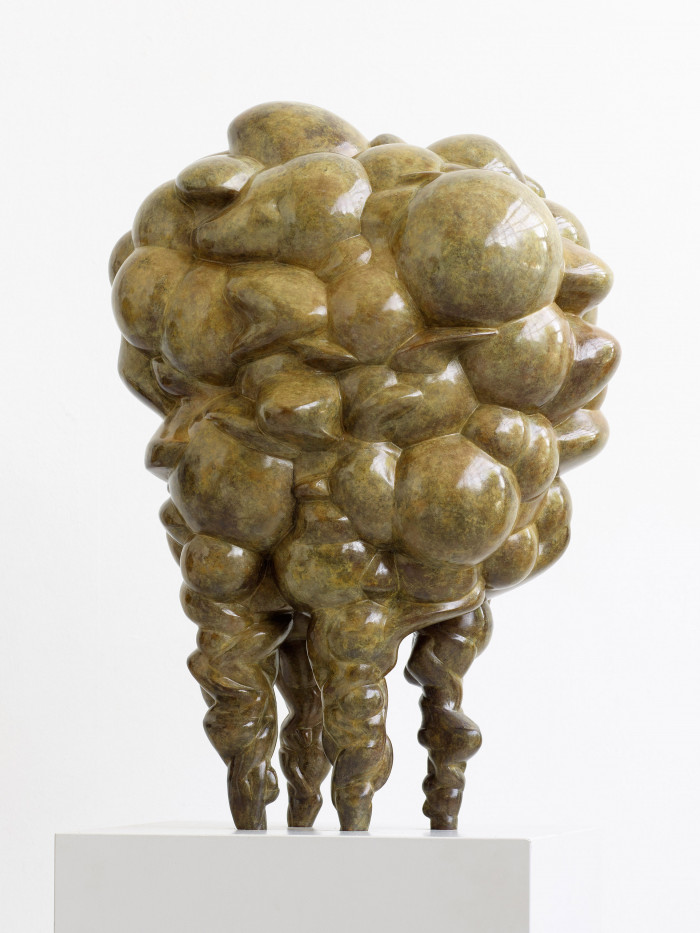
31½ (h) x 16½ x 22 in
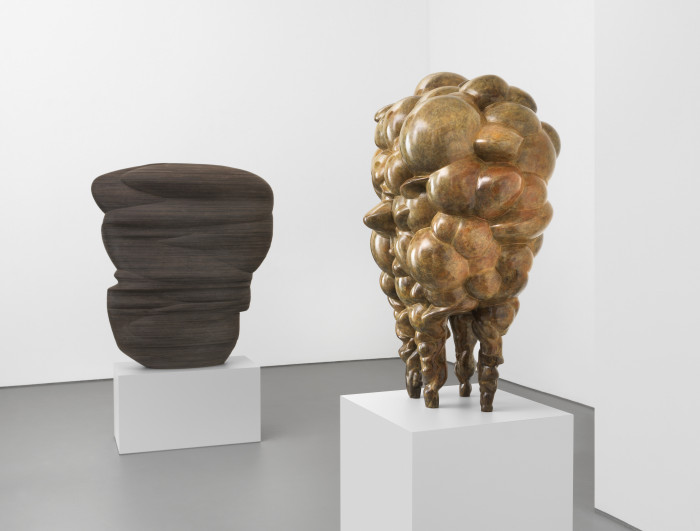

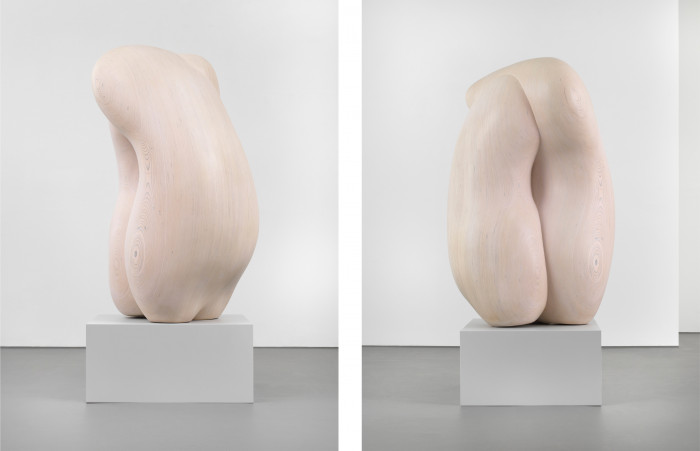
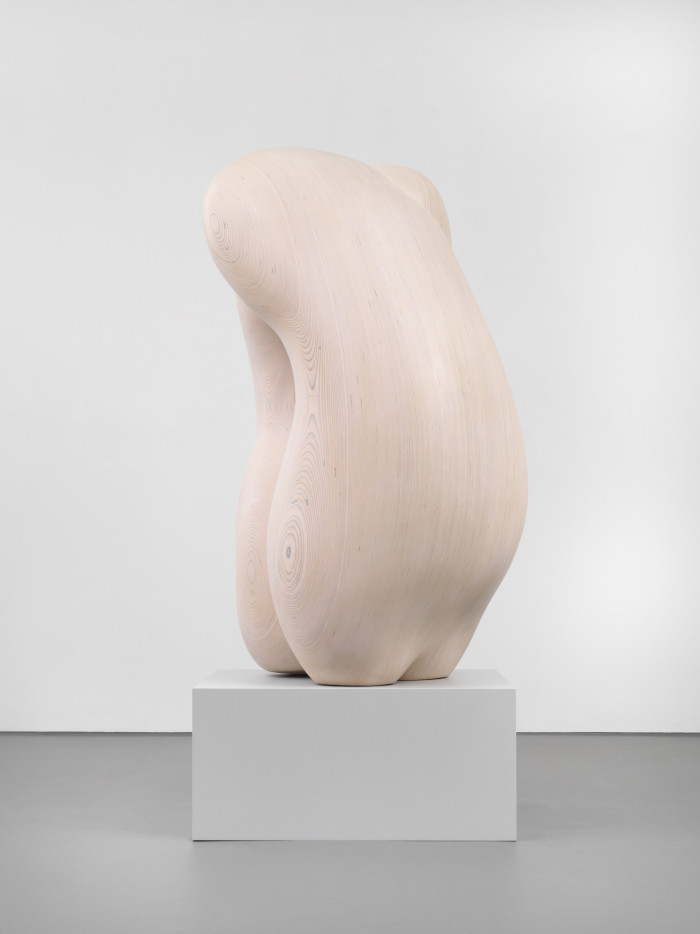
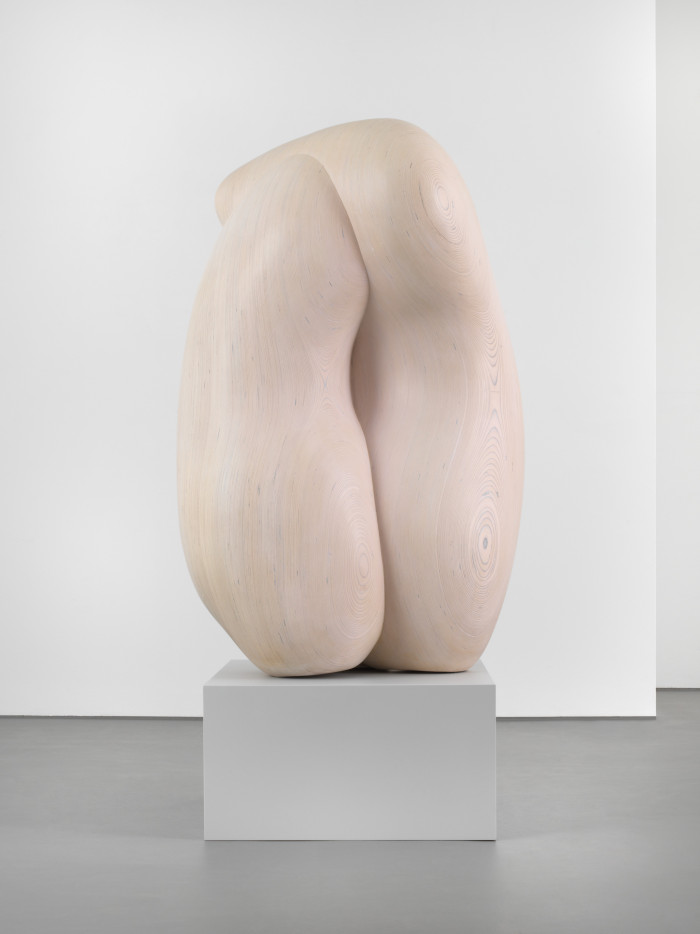


59 (h) x 39¼ x 35 in
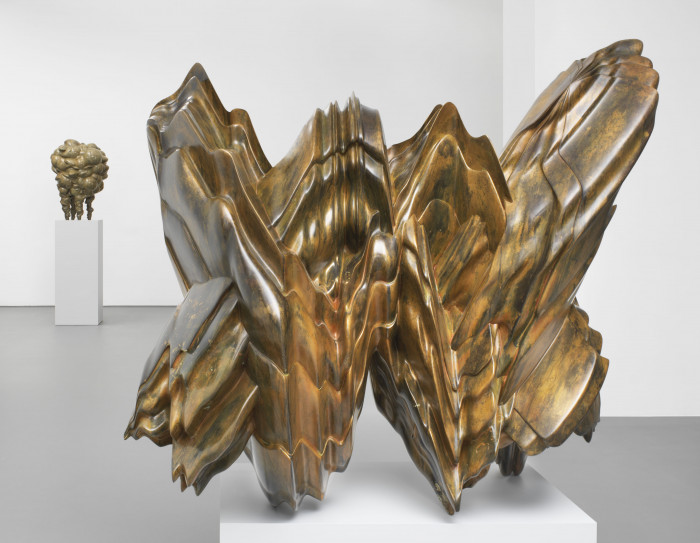
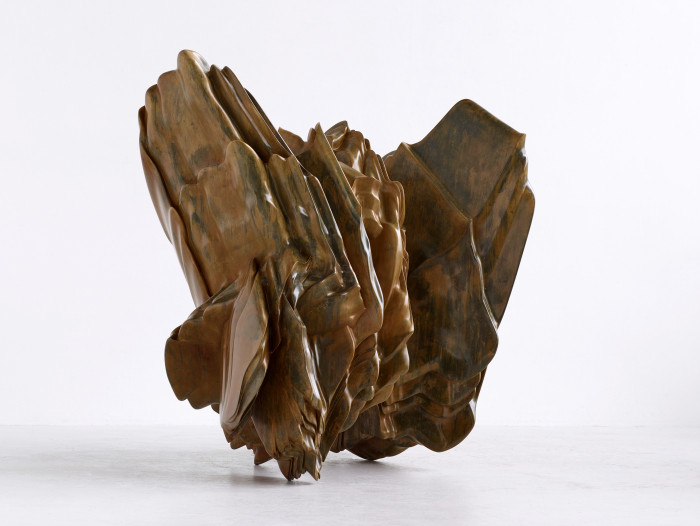
49¼ (h) x 53½ x 37¾ in
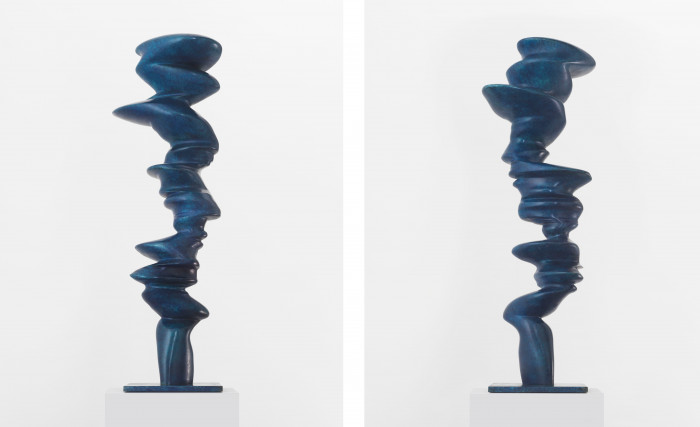
45¼ (h) x 18 x 13½ in
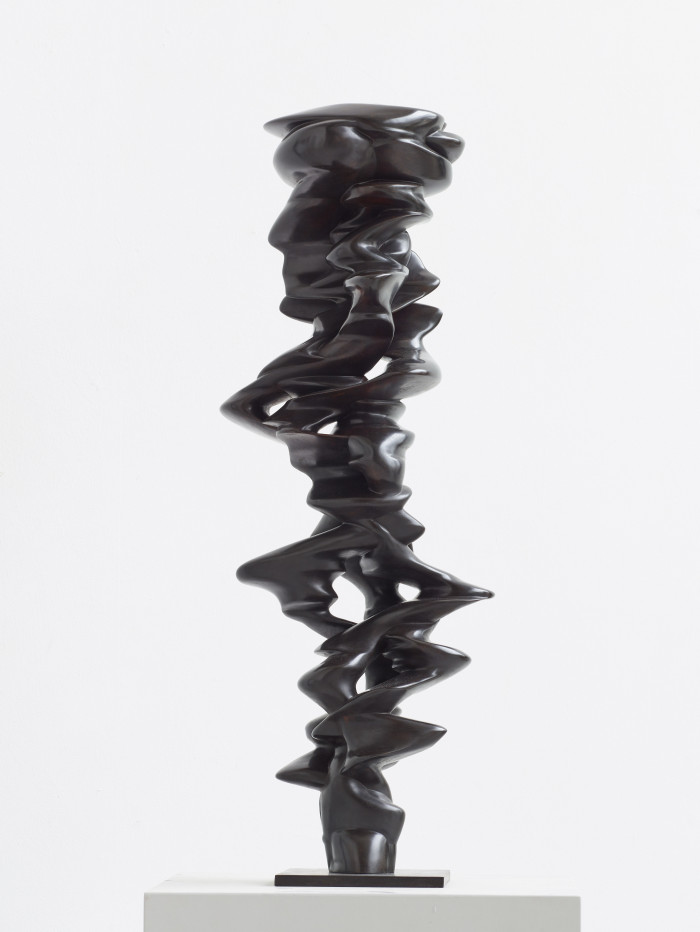
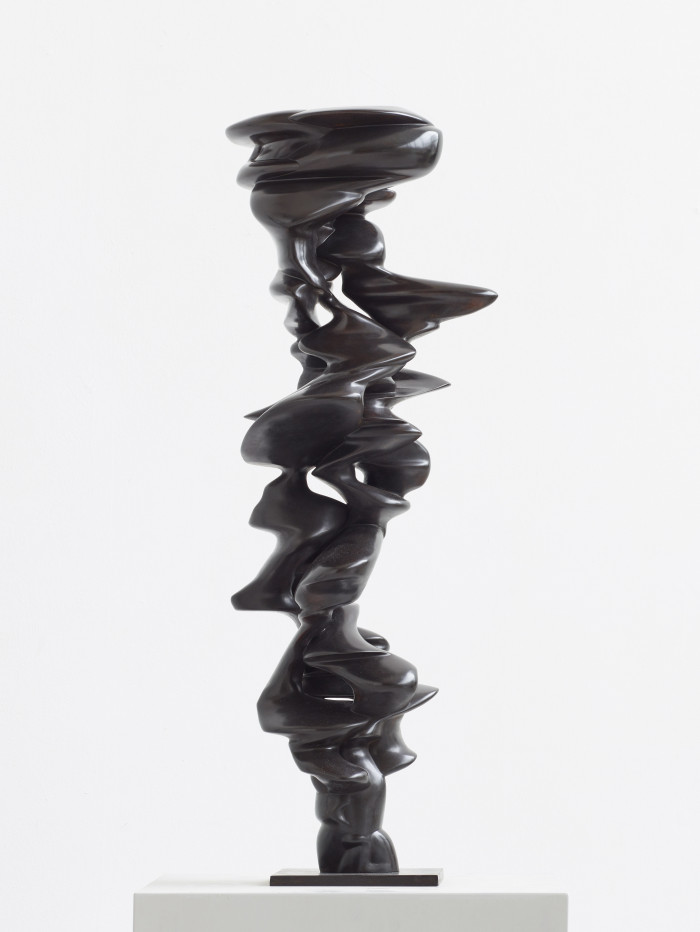
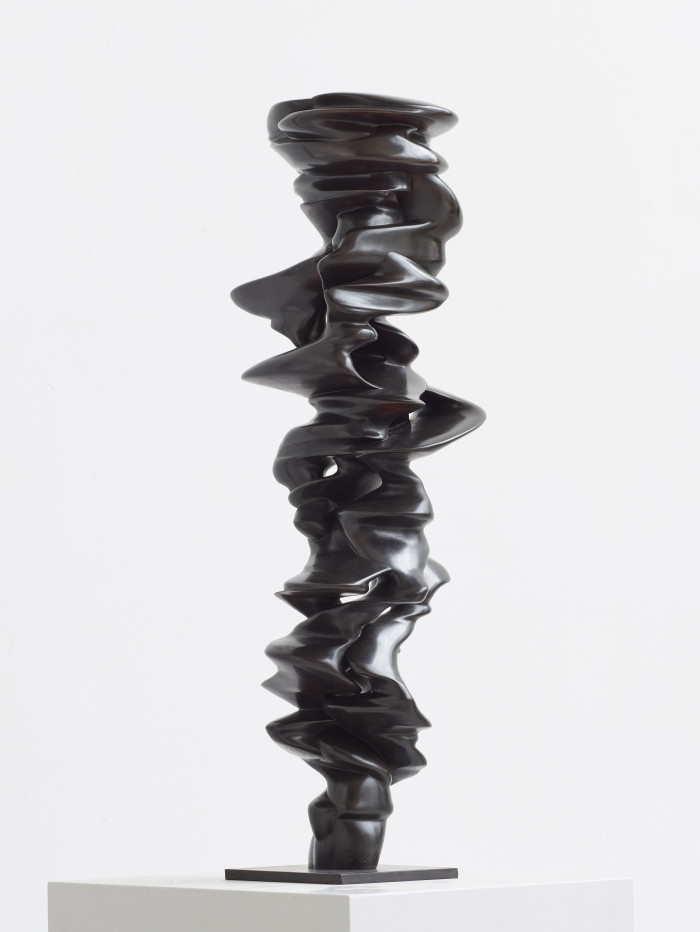
37½ (h) x 13¾ x 13¾ in

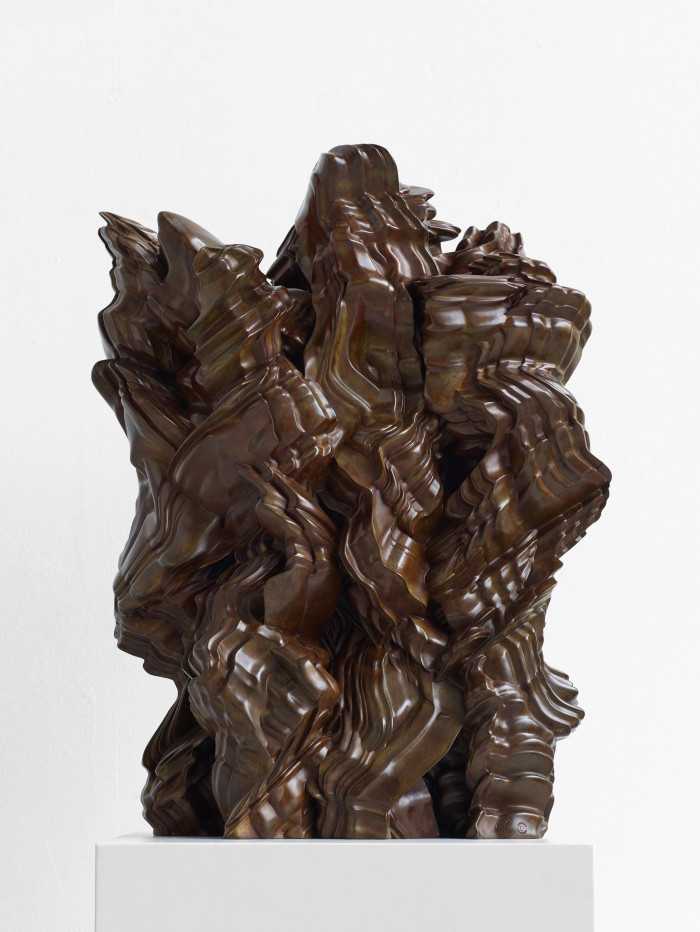
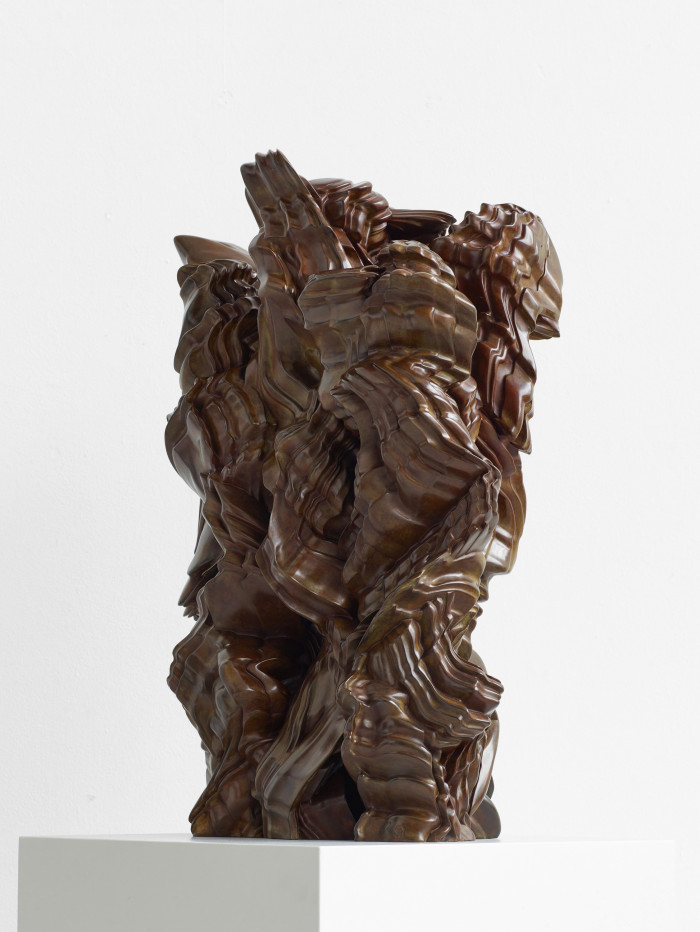
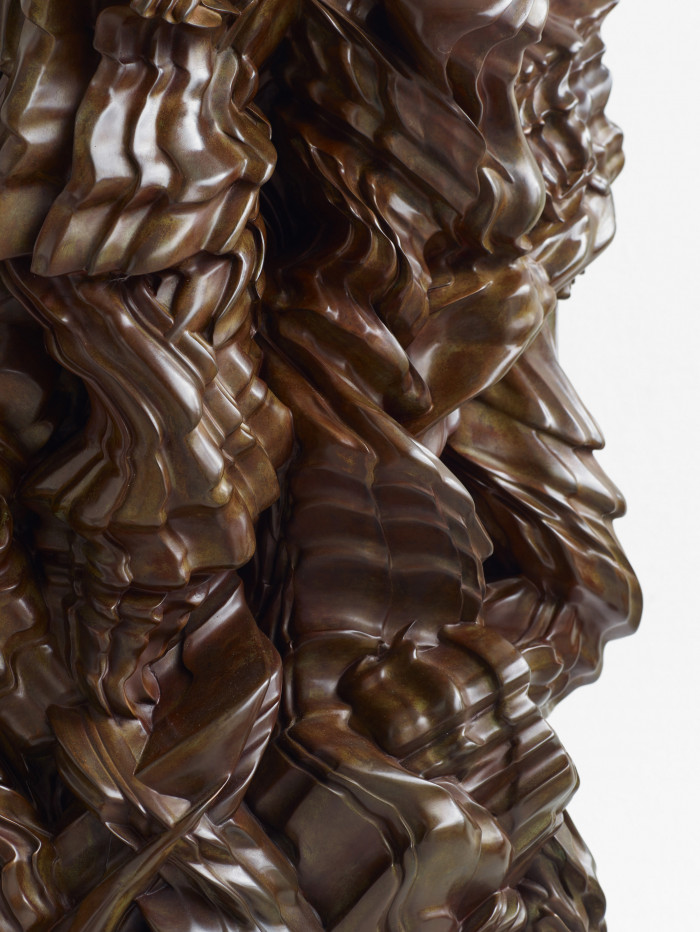
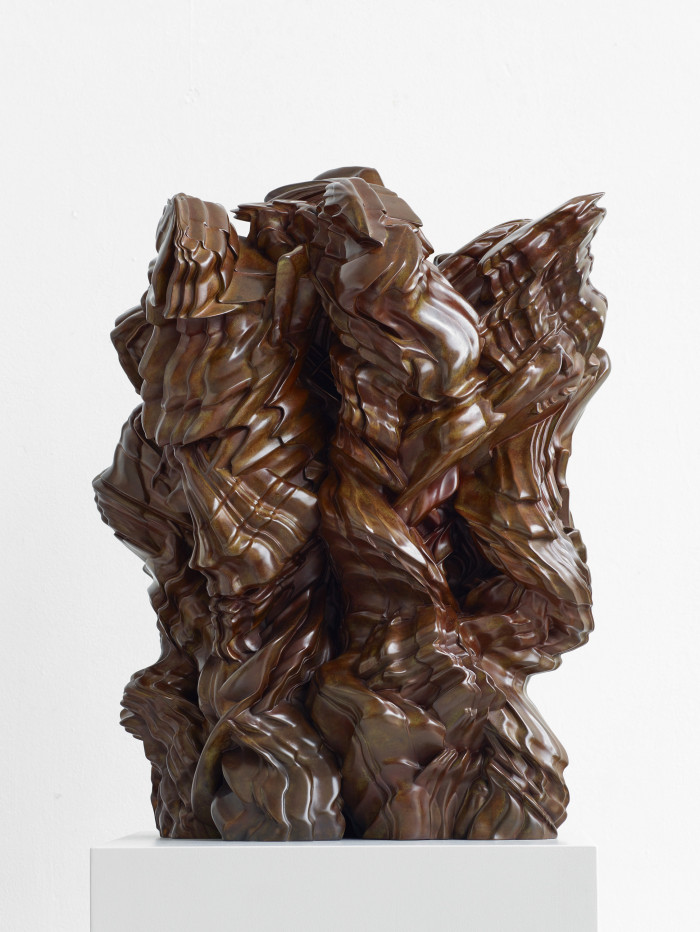
Stack, 2019
29½ (h) x 22¾ x 14¼ in
- <
- 1/14
- >
Tony Cragg Sculptures
The Buchmann Galerie is delighted to present an exhibition of recent sculptures by Tony Cragg.
Tony Cragg stands out as one of the foremost sculptors of our time. His oeuvre testifies to a method of working in which he constantly negotiates with questions of the figural by revisiting and further developing sculptural solutions to representation.
Duplication, nesting, and scaling are methods that Tony Cragg masterfully combines in ever-new ways in various groups of works. In the seemingly surreal sculpture Manipulations, splayed hands branch out into fingertips of floret-like forms in a kind of process of exponential growth or multiplication within itself: A citation to the creative hand of the artist who sees sculpture as creating new forms and structures within our complex living world.
Layering and stacking is a sculptural principle that Tony Cragg has been exploring since the 1970s. The bronze Karst impressively demonstrates the progress of this principle. The sculpture is reminiscent of geological formations and seems to push against gravity with powerful force.
The vertical sculptures in the exhibition are part of the body of work Rational Beings, a series that the artist has been steadily evolving since the late 1990s. Jon Wood remarks:
“Again and again […] we find sculptures that articulate increasingly complicated dynamic movement around a central axis, suggesting physical change and figurative ambiguity, of an individual and multipartite kind. They want to tease us into thinking other thoughts, alternative visions, giving us the object-permission to have them.”(1)
Form and material are, for Tony Cragg, two equally important aspects of a sculpture. For example, the work Masks, made of plywood manufactured for the artist from bog oak, exploits the industrial compression of the material to create a horizontal linear striation on the surface (bringing to mind the energetic crosshatchings in Cragg’s drawings) and thus emphasizes the mellifluous form of the sculpture itself.
Tony Cragg examines the principles of different areas of life – from nature, technology, civilization, and art — for their fundamental elements and structures. His work’s continuity and validity relate to the fundamental questions about the relationship between body, matter, object, and space, which Tony Cragg has been dealing with continuously for decades.
Tony Cragg was born in 1949 in Liverpool; he now lives and works in Wuppertal. In the last ten years alone his work has been recognized in over 70 solo exhibitions worldwide, including at the Musée du Louvre, Paris, the Hermitage in St. Petersburg, the Central Academy of Fine arts (CAFA) in Beijing and the Tehran Museum of Contemporary Art, and also in open-air exhibitions at the Boboli Gardens, Florence, and the Yorkshire Sculpture Park in the UK. The Buchmann Galerie has represented Tony Cragg since 1983.
Feel free to contact the gallery for any further information about the artist or for images of the works.
(1) Jon Wood, “Sculpture/Stream”, in Anthony Cragg: Sculpture 2001-2017: Volume IV. Cologne: Verlag der Buchhandlung Walther König, 2019, p. 292.
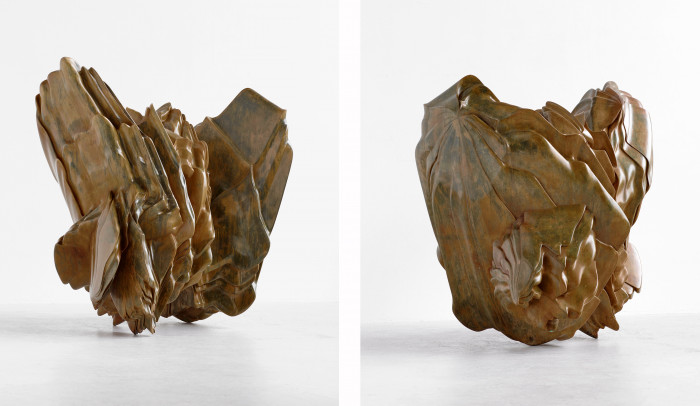
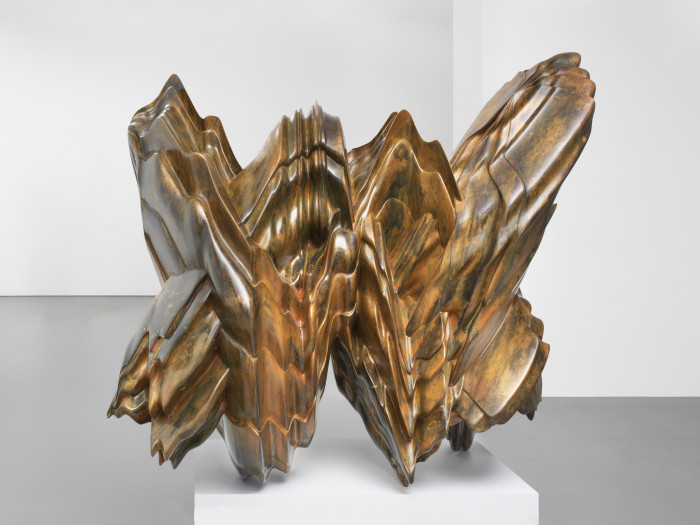
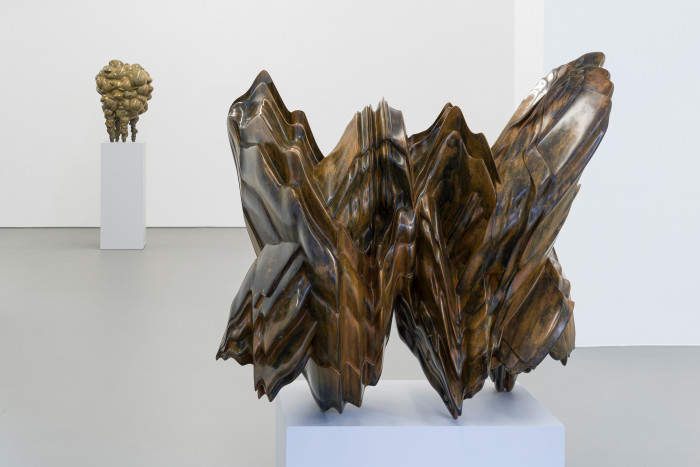
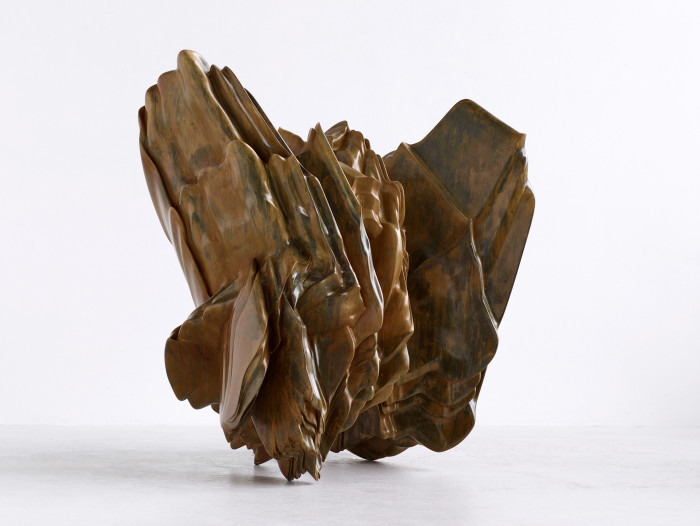
Tony Cragg
Born 1949 in Liverpool. Lives and works in Wuppertal, Germany.
| 2009 - 2013 | Director of Kunstakademie Düsseldorf |
| 2002 | Professorship for sculpture at UdK Universität der Künste, Berlin Member of the Akademie der Künste, Berlin |
| 1994 | Member of the Royal Academy, London |
| 1979 | Professor at the Kunstakademie Düsseldorf |
| 1973 - 1977 | Royal College of Art |
| 1968 - 1972 | Gloucestershire College of Art and Design, Cheltenham und Wimbledon School of Art |
| 1966 – 1968 | Lab Technician at the National Rubber Producers Research Association |
| 2017 |
Lifetime Achievement in Contemporary Sculpture Award, International Sculpture Center |
| 2016 |
Knight Bachelor of the British Empire |
| 2013 |
Chaire de Création Artistique, Collège de France Rheinischer Kulturpreis, Sparkassen-Kulturstiftung Rheinland |
| 2012 | Order of Merit of the Federal Republic of Germany 1st Class Artist's Medal of Honor of the Hermitage, Russia |
| 2009 | Honorary doctor of the Royal College of Arts |
| 2007 | Praemium Imperiale for Sculpture, The Japan Art Foundation |
| 2005 | 1st Prize for Best Sculpture, 2. Biennale Beijing |
| 2002 | Commander of the Order of the British Empire |
| 2001 | Honorary Fellowship John Moores University, Liverpool Shakespeare-Prize |
| 1992 | Chevalier des Arts et des Lettres |
| 1989 | Von-der-Heydt-Prize, Wuppertal |
| 1988 | Turner Prize British Representative at the 43rd Venice Biennale |
